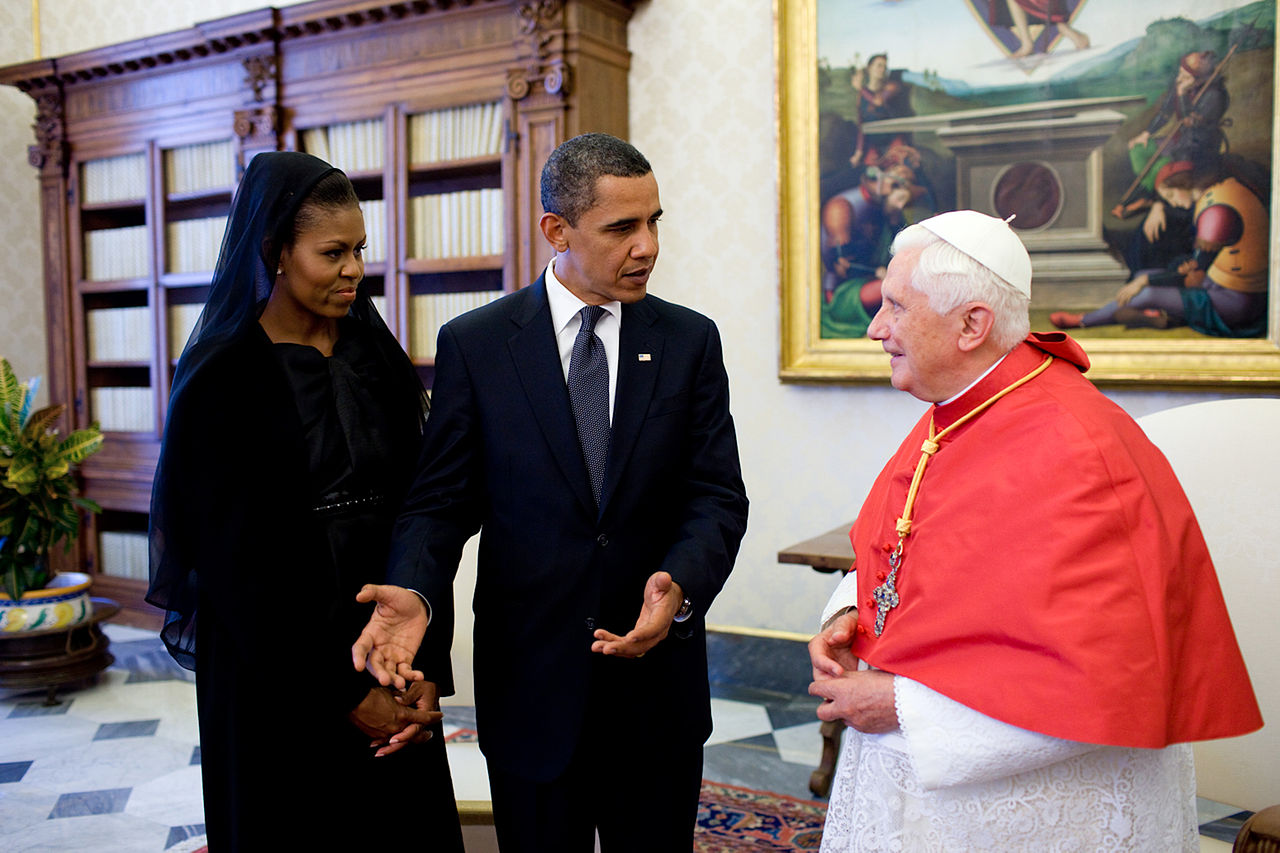The 44th President of the United States had a particular ritual for keeping a people-focused mindset that business leaders could stand to emulate.
Steven van Belleghem, thought leader and author of The Offer You Can’t Refuse, delves into former President Obama's personal technique for keeping himself grounded and how it has inspired him in the business world.
Back in September 2018, I had the great honour of sharing a stage with Barack Obama. I had been invited to speak to an Amsterdam audience about technology and how it was transforming the relationships between customers and companies, but to be honest, I suspect most of the attendees were more intrigued to hear what insights the former American president had to share.
One the of the topics he talked about in some depth was life in the White House. It is obviously an iconic building that people all around the world are familiar with from news channels, TV shows and Hollywood blockbuster movies, but life inside the White House is like nothing else in American society. It is the imposing official residence of the person elected to represent the American people, but the lived experience inside that building has absolutely nothing in common with with the day-to-day existence of the average American.
So, when you’re in a bubble at the very top, how do you make sure you don’t lose sight of what is happening with the people who helped put you there? President Obama devised a number of specific tactics to help with this issue, and then planned his daily routine around them.
[ymal]
One of these steps that I particularly liked was that each and every evening, the president asked to see ten letters from ordinary American citizens. Of course he would receive up to 20,000 letters every month so there was no way he could personally read every single one, but he worked with his team to make sure they were all answered, and a random selection of just ten were put aside for him every day. His last task of the day, right before going to bed, would then be to read these ten letters. And he did it every day, for eight years.
Of course the role of a president requires attention across a multitude of issues, and almost every evening Obama’s staff would give him a thick file with briefings that would allow him to prepare for the meetings scheduled for the next day. This inevitably involved making decisions on huge issues covering everything from wars and terrorism through to economic crises and immigration. But after he had read and digested all this information, he turned to the ten letters from ordinary people, to find out what was worrying them. One might be from a couple in Arizona struggling to pay for healthcare, one from a steel worker in Pittsburgh whose plant was threatened with closure, and another from a young family worrying about lack of community facilities for their children.
By reading these letters, the president realised that, even though he had worked very hard all day focused on address the big global issues, the reality was that his efforts had no immediate impact on the lives of these ten people. He shouldn’t lose sight of day-to-day experience of these citizens of the United States – his ‘customers’.
So, as CEOs and business leaders, what can we learn from this? It highlights the importance of looking outside your bubble. The White House is unquestionably one of the most extreme bubbles on the planet, but we all have smaller bubbles of our own – your boardroom, your company, your family.
By reading these letters, the president realised that, even though he had worked very hard all day focused on address the big global issues, the reality was that his efforts had no immediate impact on the lives of these ten people.
When was the last time you listened to the customer complaints your call centre receives? When did you last stop and chat to an employee working in your office or warehouse and find out what day-to-day challenges they’re struggling with? When you’re a busy CEO it can be easy to get too focused on the bigger picture issues, but only by leaving your bubble will you really be able to understand the dreams, fears and ambitions of your customers.











